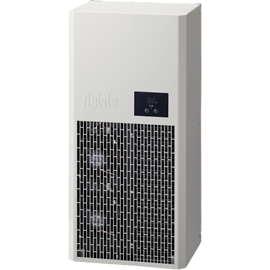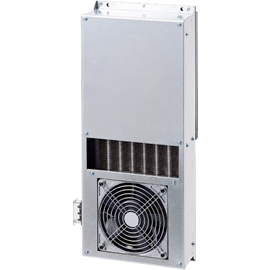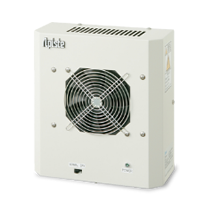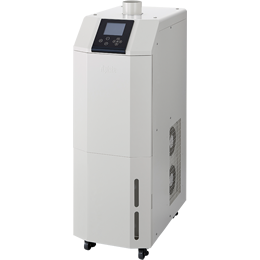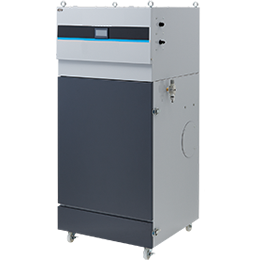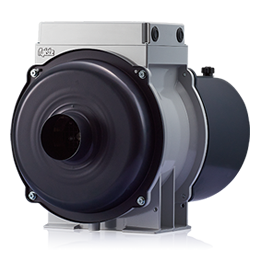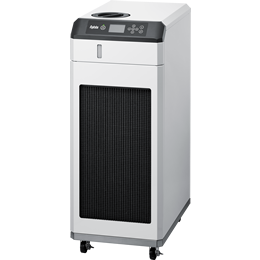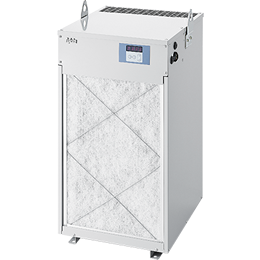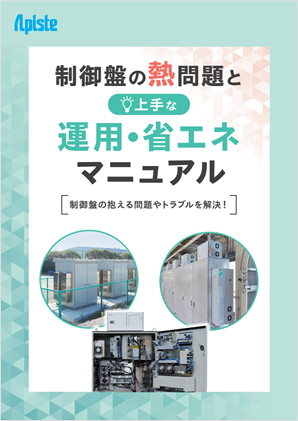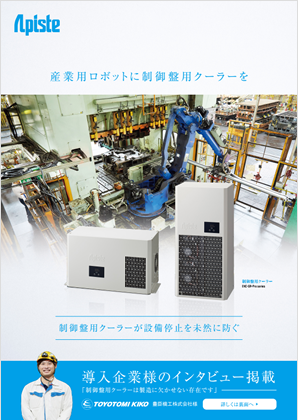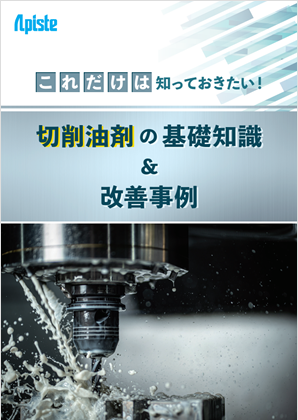Technical Information
1-2.What is air conditioning?
This article explains what air conditioning is, its elements, types and their characteristics.
(1) What is air conditioning?
Air conditioning is an abbreviation for air conditioning.
The main components of the air around us are nitrogen, oxygen, and argon, in order of abundance, but it also contains carbon dioxide produced by breathing, and water vapor (moisture), which is represented by humidity.
It also contains substances that are harmful to us, such as dust, dirt, pollen, mold spores, viruses, cigarette smoke, and harmful chemicals such as formaldehyde that evaporate from building materials.
There are many indicators that quantitatively represent the characteristics of air, such as temperature, humidity, volume, specific gravity, air pressure, airflow, and cleanliness, and these are called air conditions.
Air conditioning involves adjusting these air conditions to suit the use and purpose of the space.
(2) The four elements of air conditioning
Air conditions can be broadly divided into four categories: temperature, humidity, cleanliness, and airflow. These four conditions are called the four elements of air conditioning, and adjusting these four elements creates an appropriate indoor environment.
(3) Types of air conditioning
Air conditioning can be divided into two types depending on the purpose:
○ Healthy air conditioning (general air conditioning, comfortable air conditioning) ⇒ Air conditioning for people
○Industrial air conditioning ⇒ Air conditioning for the products handled
○ Health air conditioning (general air conditioning, comfortable air conditioning)
This type of air conditioning aims to maintain the health and improve the comfort of the people in the space.
This applies to ordinary homes, offices, commercial facilities, hotels, public facilities, and other places where people live or reside.
The Building Sanitation Act stipulates management standards as shown in the table below.
| A. Amount of suspended dust | 0.15 mg/m3 or less |
| B. Carbon dioxide content | Less than 10 parts per million (=less than 10 ppm) *As an exception, if the outside air is already 10 ppm or higher, it will be 20 ppm or less. |
| C. Carbon dioxide content | Less than 1000 parts per million (=1000 ppm) |
| D. Engineering temperature | (1) Above 17℃ and below 28℃ (2) When the temperature in a room is lowered below the outside temperature, the difference must not be too great. |
| E. Relative humidity | 40% or more and 70% or less |
| F. Airflow | 0.5m/sec or less |
| G. Amount of formaldehyde | 0.1 mg/m3 or less (=0.08ppm or less) |
Source: Ministry of Health, Labour and Welfare website (https://www.mhlw.go.jp/bunya/kenkou/seikatsu-eisei10/ )
Because humans have a certain degree of adaptability environment, the temperature and humidity that we feel comfortable with changes depending on the season. Generally, the ranges in the table below are considered to be comfortable temperature and humidity ranges.
| temperature | humidity | |
| Summer | 25~28℃ | 50~60% |
| Winter | 18~22℃ | 40~50% |
In addition, people's temperature sensations change depending on humidity. When air conditioning is used in the summer, people feel more comfortable at a lower humidity level even at the same temperature, while when heating is used in the winter, people feel more comfortable even at a slightly lower temperature by increasing the humidity level.
In order to avoid
heat shock, it is said that controlling indoor humidity and minimizing the temperature difference between indoors and outdoors is good for your health.
heat shock
When heating or cooling, if there is a large difference in temperature between inside and outside the home, it can put strain on the human body and cause discomfort. This is called heat shock, and can be divided into cold shock when cooling and hot shock when heating. To prevent this, the difference between the outside temperature and the room temperature should be kept below 7-10°C (this will vary depending on the type of heating or cooling and the temperature difference).
Industrial air conditioning
This air conditioning is used to raise non-human plants and animals, maintain the quality of goods, and improve production efficiency.
The optimal temperature and humidity conditions vary depending on the industry and the target item, but what makes it different from health air conditioning is that the same temperature and humidity conditions are maintained all year round, regardless of the season, in order to keep the condition of the items constant.
Example 1) Computer room
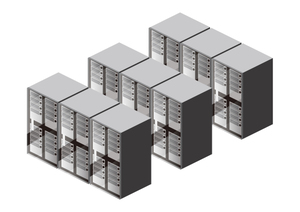
Electronic devices generate heat, so they require air conditioning year-round. Humidity control is also crucial; too high humidity can cause condensation and lead to short circuits, while too low humidity can cause static electricity, which can lead to the shutdown or damage of electronic devices.
Example 2) Semiconductor manufacturing
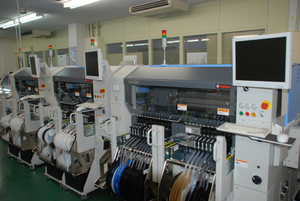
A high level of cleanliness must be maintained to prevent dust from adhering, and humidity control is also important to prevent circuit corrosion, condensation on the microchip circuit surface, and deterioration of the device.
Example 3) Printing factory
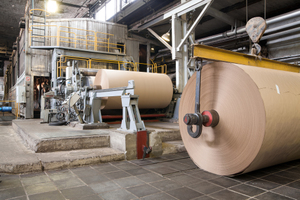
Paper contains around 5-7% moisture. Humidity control is necessary to prevent the paper from expanding and contracting, warping, or cracking due to evaporation of moisture, and to prevent static electricity, which can cause paper jams.
Previous item: 1-1.What is air?
Next item: 1-3. Cooling principle
People who viewed this page also checked out these documents:
Inquiry
For product inquiries, quote requests, etc.
Please feel free to contact us.


